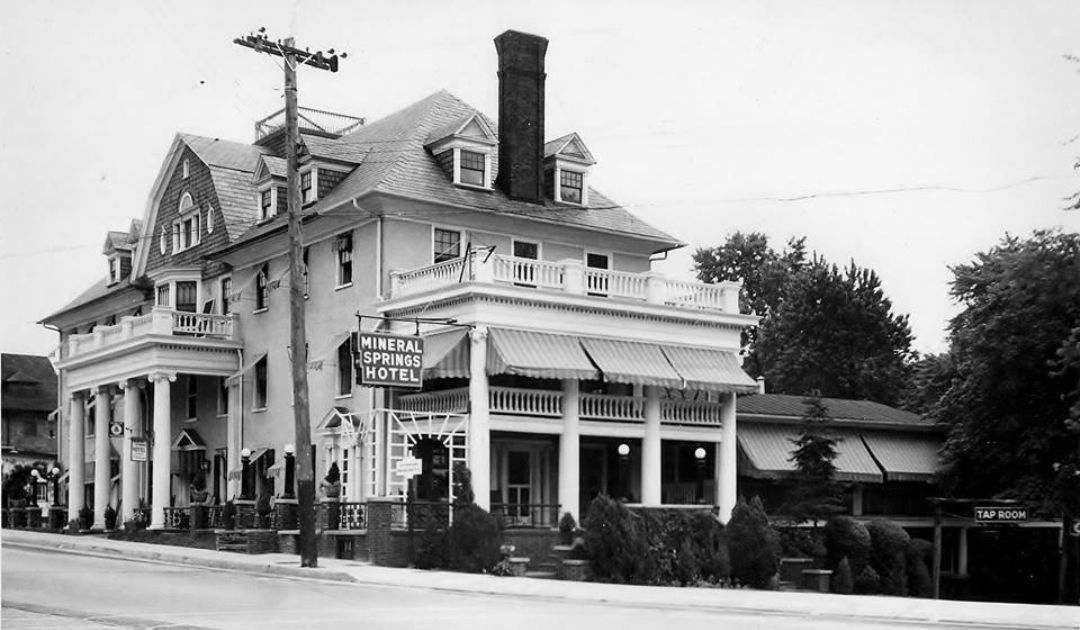According to local historian Mike Leibrandt, Willow Grove and Huntingdon Valley were once home to several historic inns: the Lady Washington Inn, the Red Lion Inn, the Fountain House Inn, and the Mineral Springs Inn.
The Lady Washington Inn of Huntingdon Valley
The first section of the Lady Washington Inn was built in 1761 at 2550 Huntingdon Pike, Huntingdon Valley. The second section was built between 1785–1788, and the third between 1850–1875. It operated as an inn and tavern until 1900 when it was purchased by Williard Borstock, a private homeowner.
The 2.5-story stucco stone building was added to the National Register of Historic Places in 1982. Today, the building serves as Jenny K Boutique and Blue: A Hair Studio.
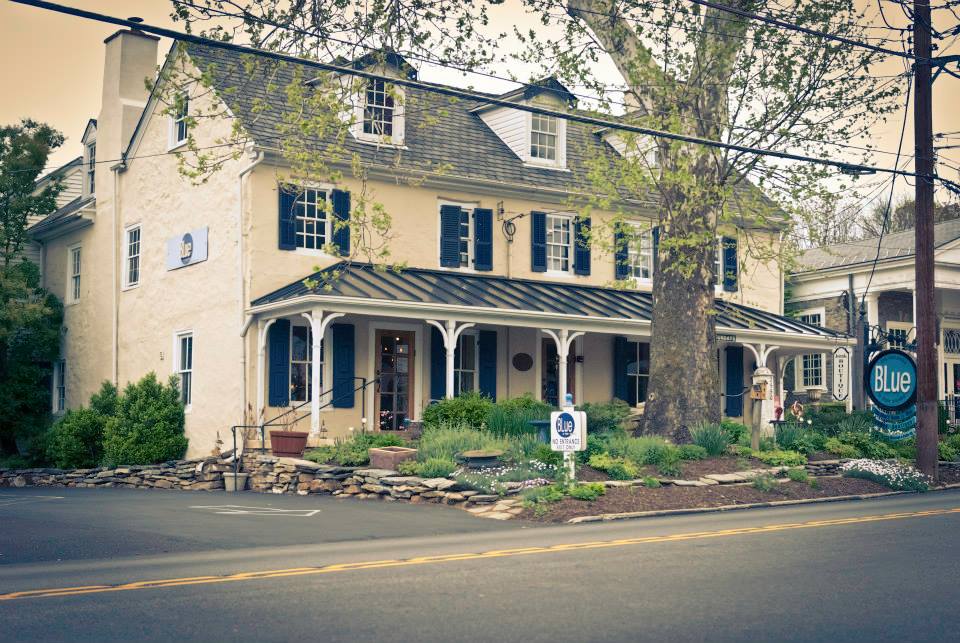
From Blue’s “About Us” section of their website:
Housed in the historic Lady Washington Inn in Huntingdon Valley, BLue A Hair Studio has infused the building’s warm oak and stone interiors with a cozy, fireside lounge area and funky Art Deco furnishings. The result is an eclectic atmosphere that inspires creativity and fosters community.
Fun Fact: Martha Washington was once a guest at the inn when General Washington was at Valley Forge.
The Fountain House Inn of Willow Grove
The Fountain House Inn was once located 91 N York Road (Route 611) and its name came from a useful nearby spring. Originally constructed in 1717, the site was selected so that a team of horses could make a single-day journey from Philadelphia.
The inn was later enlarged from eight to 18 rooms and served meals for twenty-five cents. It housed a barroom and Willow Grove’s first barbershop, and in 1848 the property was repurposed as the Willow Grove Hotel. In 1851, it became J. Luken’s Hotel.
In 1898, it became the McEvoy residence until it was torn down in 1961.
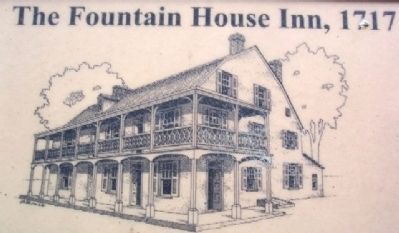
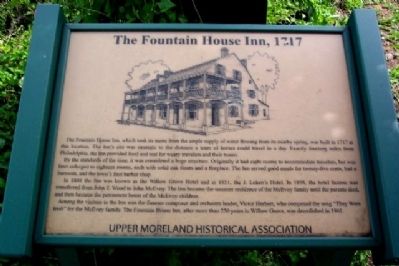
Today, the property is The Station at Willow Grove Apartments.
Fun Fact: Victor Herbert, a famous composer and orchestra leader, was once a guest at the McEvoy home and composed the song “They Were Irish” for the family.
The Red Lion Inn of Willow Grove
The Red Lion Inn of Willow Grove, a 2.5-story stone structure with 23 rooms, dates back to 1762. It was originally a tavern called “The Wagon” until the Revolutionary War when it also served as a hospital for The Battle of Edge Hill’s wounded soldiers.
In 1778, British forces under Lt. Colonel Abercromby and Major Simcoe marched right past the Red Lion Inn on their way to modern-day Horsham and a battle with the Americans near the Crooked Billet Inn.
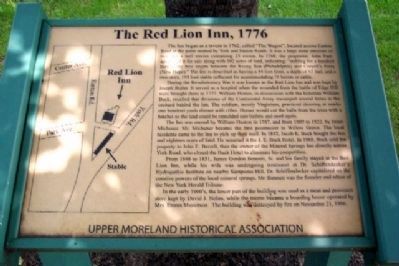
According to the Historical Marker Database, the inn was located at the intersection of York and Easton Roads and had a large stable that could accommodate as many as 75 horses or cattle. It was owned by William Heaton in 1787, and from 1809 to 1822, by Israel Michener, who was Willow Grove’s first postmaster.
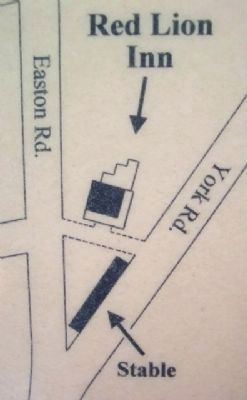
It was renamed the J. E. Buck Hotel in 1842 until it was purchased and subsequently closed in 1868 by a local hotel owner.
The lower part of the building was used as a meat and provision store in the early 1900s and the inn’s rooms served as a boarding house until the building was destroyed by fire on November 21, 1906.
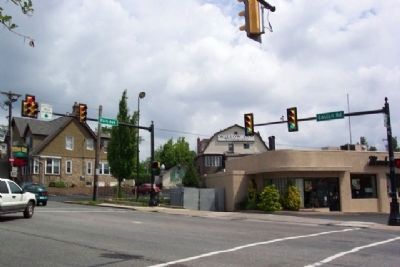
Former location of the Red Lion Inn
Mineral Springs Inn of Willow Grove
The Mineral Springs Inn was once located on the site of Veterans Memorial Park at 220 Mineral Avenue.
In 1784, George Rex, a blacksmith from Germantown, bought 39 acres and developed a tavern and hotel. Rex’s new establishment had mineral spring baths and advertised that visitors from Philadelphia could take a daily stagecoach for a visit. The building had many rooms, stables for 100 horses, and a recreational park with walking trails and gardens.
The hotel stayed in the Rex family until 1865 when it was purchased by John Berrell. Charles Ehrenfort bought the hotel in 1890 and undertook a large expansion in 1895. Prohibition significantly limited the hotel’s business until it closed and was razed in the 1930s.
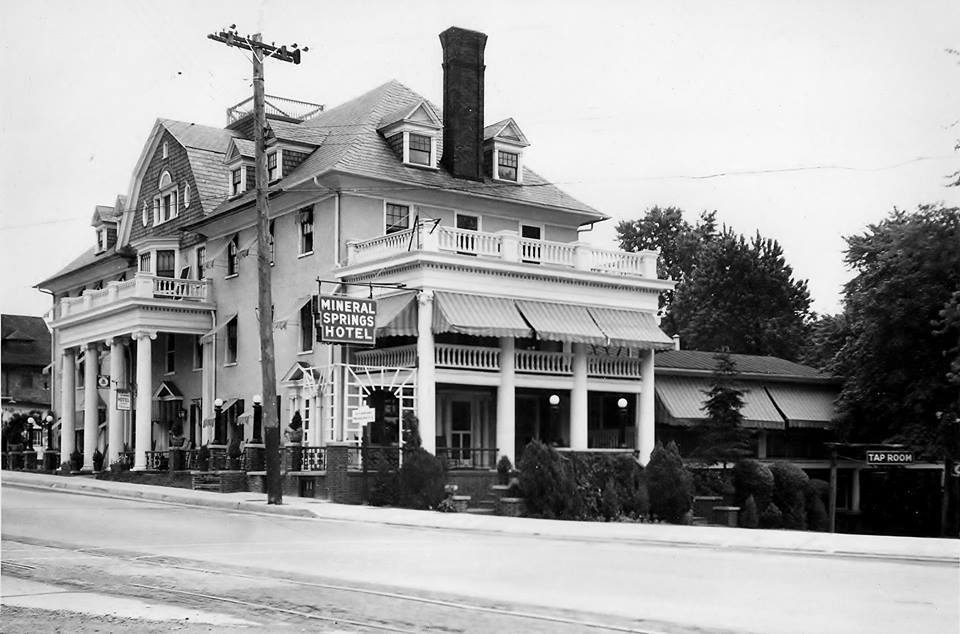
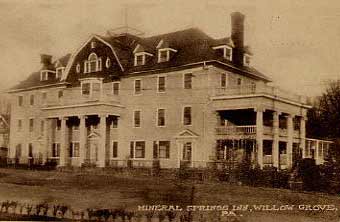
For all the latest news, follow us on Facebook or sign up for Glenside Local’s “Daily Buzz” newsletter here.

